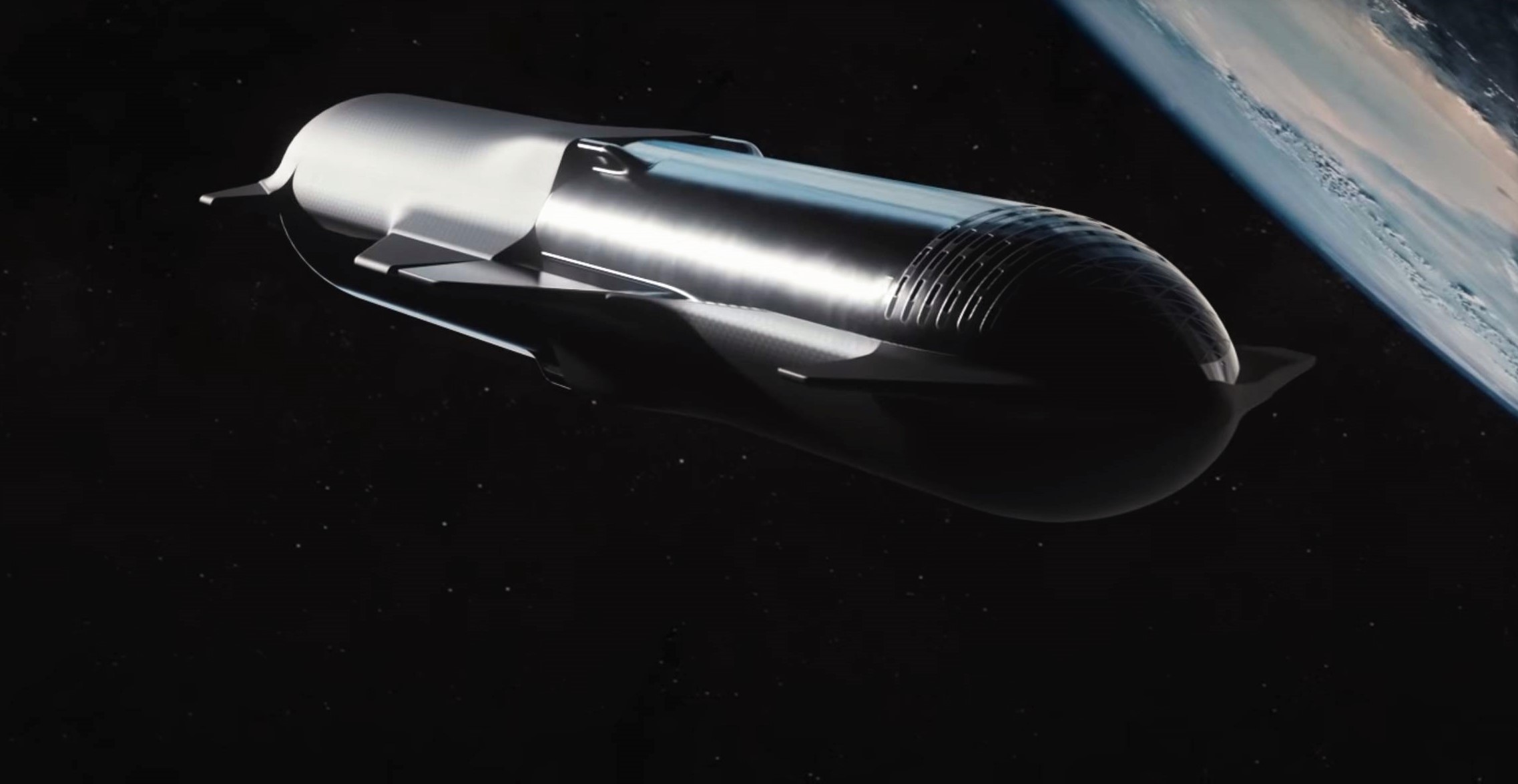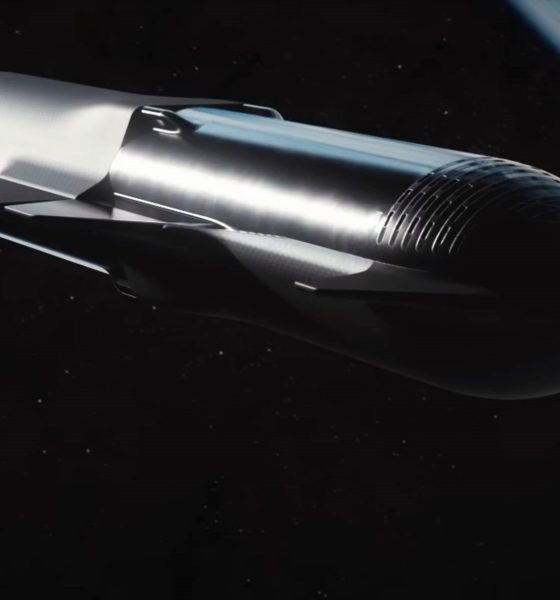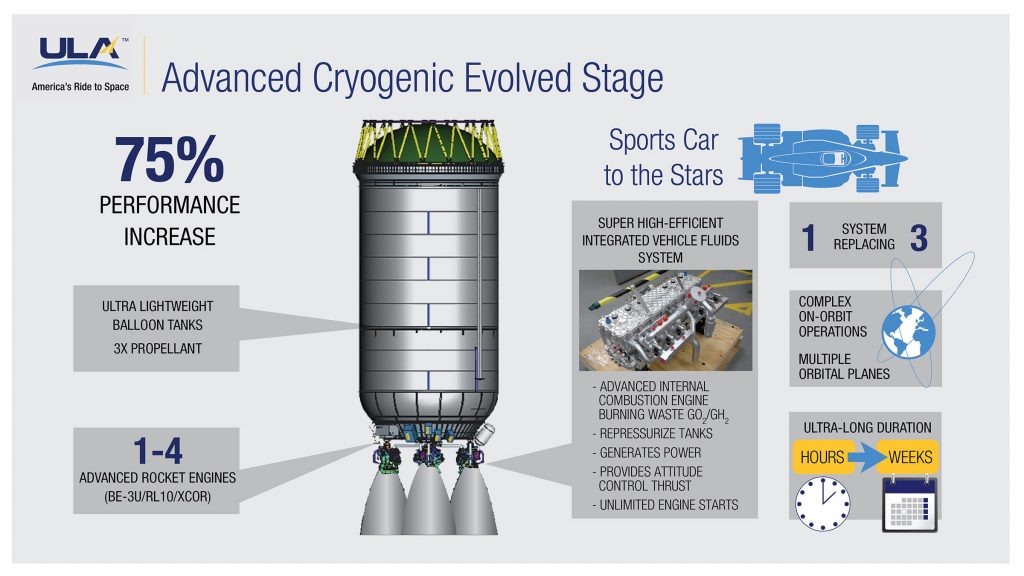

News
SpaceX begins work on Starship orbital propellant transfer test for NASA
More than six months after SpaceX won a NASA ‘Tipping Point’ award to demonstrate a large-scale cryogenic propellant transfer in orbit with Starship, the agency has begun disbursing funds, officially kicking off work on the mission.
Back in October 2020, NASA awarded 15 different companies more than $370 million for research and development projects related to managing cryogenic propellant in space, lunar surface operations, and autonomous landing technology. More than two-thirds of that funding went to four real in-space demonstrations of cryogenic propellant management and storage from Lockheed Martin, United Launch Alliance (ULA), SpaceX, and little-known startup Eta Space.
All four missions are fascinating in their own rights. Leaning heavily on Rocket Lab’s small Electron rocket and Photon spacecraft/kickstage, Eta Space will launch a tiny “cryogenic oxygen fluid management system” and demonstrate its performance for some nine months in orbit. Lockheed Martin will perform a similar but slightly larger test with cryogenic liquid hydrogen – far colder and much harder to handle – in low Earth orbit (LEO). Despite major investments in launch startup and competitor ABL Space, Lockheed Martin selected rocket-3D-printing startup Relativity to launch the mission – possibly because the company says it will be able to print a custom fairing to accommodate the payload’s unusual dimensions.

While vague, ULA appears to have plans to test the claimed long-duration coast capabilities of the Vulcan rocket’s Centaur V upper stage, though it’s unclear if that testing will be performed on the ground or in space. Finally, NASA awarded SpaceX $53 million for a “large-scale flight demonstration to transfer 10 metric tons of…liquid oxygen…between tanks on a Starship.”
In the context of NASA’s shocking April 2021 decision to competitively award SpaceX – and SpaceX alone – a $2.9 billion contract to return humanity to the Moon with Starship, the agency’s $53M investment in a demonstration of a capability Starship cannot reach the Moon without seems like a no-brainer. On its own, SpaceX’s next-generation fully-reusable Starship launch vehicle is expected to be able to deliver payloads of 100 to 150 metric tons (220,000-330,000 lb) to LEO. However, to make Starship fully reusable, the ship itself – also serving as the upper stage – is extremely heavy, drastically undercutting its performance to higher orbits.
To high Earth orbits, a lone Starship offers performance akin to SpaceX’s own Falcon Heavy. For Starship to be a truly revolutionary rocket, SpaceX will have to master rapid reusability and orbital refueling. Even with moderate refueling, Starship’s potential performance immediately leapfrogs all other existing and planned rockets. With full refueling in LEO, Starship quickly becomes capable of delivering dozens to 100+ tons of cargo and passengers to the surface of Mars. With refueling in high Earth orbit, Starship could land hundreds of tons on Earth’s Moon and likely launch cargo and spacecraft anywhere in the solar system in short order.
Ultimately, US Federal Procurement Database entries show that NASA ultimately procured $50.4 million for SpaceX’s propellant transfer demonstration, began disbursing funds ($15.1M) on May 4th, 2021, and expects SpaceX to complete work by the end of 2022. It’s unclear if NASA expects SpaceX to recover the Starship involved in the test.
If the rest of NASA’s funding is contingent upon successfully returning Starship for hands-on inspections and maximum data recovery, 2022 is a more reasonable target. If NASA deems data returned from orbit satisfactory, on the heels of SpaceX filing for an orbital Starship launch debut as early as next month, that demonstration mission could easily happen this year given that SpaceX only needs to launch one Starship to complete it.

Elon Musk
Starlink passes 9 million active customers just weeks after hitting 8 million
The milestone highlights the accelerating growth of Starlink, which has now been adding over 20,000 new users per day.

SpaceX’s Starlink satellite internet service has continued its rapid global expansion, surpassing 9 million active customers just weeks after crossing the 8 million mark.
The milestone highlights the accelerating growth of Starlink, which has now been adding over 20,000 new users per day.
9 million customers
In a post on X, SpaceX stated that Starlink now serves over 9 million active users across 155 countries, territories, and markets. The company reached 8 million customers in early November, meaning it added roughly 1 million subscribers in under seven weeks, or about 21,275 new users on average per day.
“Starlink is connecting more than 9M active customers with high-speed internet across 155 countries, territories, and many other markets,” Starlink wrote in a post on its official X account. SpaceX President Gwynne Shotwell also celebrated the milestone on X. “A huge thank you to all of our customers and congrats to the Starlink team for such an incredible product,” she wrote.
That growth rate reflects both rising demand for broadband in underserved regions and Starlink’s expanding satellite constellation, which now includes more than 9,000 low-Earth-orbit satellites designed to deliver high-speed, low-latency internet worldwide.
Starlink’s momentum
Starlink’s momentum has been building up. SpaceX reported 4.6 million Starlink customers in December 2024, followed by 7 million by August 2025, and 8 million customers in November. Independent data also suggests Starlink usage is rising sharply, with Cloudflare reporting that global web traffic from Starlink users more than doubled in 2025, as noted in an Insider report.
Starlink’s momentum is increasingly tied to SpaceX’s broader financial outlook. Elon Musk has said the satellite network is “by far” the company’s largest revenue driver, and reports suggest SpaceX may be positioning itself for an initial public offering as soon as next year, with valuations estimated as high as $1.5 trillion. Musk has also suggested in the past that Starlink could have its own IPO in the future.
News
NVIDIA Director of Robotics: Tesla FSD v14 is the first AI to pass the “Physical Turing Test”
After testing FSD v14, Fan stated that his experience with FSD felt magical at first, but it soon started to feel like a routine.

NVIDIA Director of Robotics Jim Fan has praised Tesla’s Full Self-Driving (Supervised) v14 as the first AI to pass what he described as a “Physical Turing Test.”
After testing FSD v14, Fan stated that his experience with FSD felt magical at first, but it soon started to feel like a routine. And just like smartphones today, removing it now would “actively hurt.”
Jim Fan’s hands-on FSD v14 impressions
Fan, a leading researcher in embodied AI who is currently solving Physical AI at NVIDIA and spearheading the company’s Project GR00T initiative, noted that he actually was late to the Tesla game. He was, however, one of the first to try out FSD v14.
“I was very late to own a Tesla but among the earliest to try out FSD v14. It’s perhaps the first time I experience an AI that passes the Physical Turing Test: after a long day at work, you press a button, lay back, and couldn’t tell if a neural net or a human drove you home,” Fan wrote in a post on X.
Fan added: “Despite knowing exactly how robot learning works, I still find it magical watching the steering wheel turn by itself. First it feels surreal, next it becomes routine. Then, like the smartphone, taking it away actively hurts. This is how humanity gets rewired and glued to god-like technologies.”
The Physical Turing Test
The original Turing Test was conceived by Alan Turing in 1950, and it was aimed at determining if a machine could exhibit behavior that is equivalent to or indistinguishable from a human. By focusing on text-based conversations, the original Turing Test set a high bar for natural language processing and machine learning.
This test has been passed by today’s large language models. However, the capability to converse in a humanlike manner is a completely different challenge from performing real-world problem-solving or physical interactions. Thus, Fan introduced the Physical Turing Test, which challenges AI systems to demonstrate intelligence through physical actions.
Based on Fan’s comments, Tesla has demonstrated these intelligent physical actions with FSD v14. Elon Musk agreed with the NVIDIA executive, stating in a post on X that with FSD v14, “you can sense the sentience maturing.” Musk also praised Tesla AI, calling it the best “real-world AI” today.
News
Tesla AI team burns the Christmas midnight oil by releasing FSD v14.2.2.1
The update was released just a day after FSD v14.2.2 started rolling out to customers.

Tesla is burning the midnight oil this Christmas, with the Tesla AI team quietly rolling out Full Self-Driving (Supervised) v14.2.2.1 just a day after FSD v14.2.2 started rolling out to customers.
Tesla owner shares insights on FSD v14.2.2.1
Longtime Tesla owner and FSD tester @BLKMDL3 shared some insights following several drives with FSD v14.2.2.1 in rainy Los Angeles conditions with standing water and faded lane lines. He reported zero steering hesitation or stutter, confident lane changes, and maneuvers executed with precision that evoked the performance of Tesla’s driverless Robotaxis in Austin.
Parking performance impressed, with most spots nailed perfectly, including tight, sharp turns, in single attempts without shaky steering. One minor offset happened only due to another vehicle that was parked over the line, which FSD accommodated by a few extra inches. In rain that typically erases road markings, FSD visualized lanes and turn lines better than humans, positioning itself flawlessly when entering new streets as well.
“Took it up a dark, wet, and twisty canyon road up and down the hill tonight and it went very well as to be expected. Stayed centered in the lane, kept speed well and gives a confidence inspiring steering feel where it handles these curvy roads better than the majority of human drivers,” the Tesla owner wrote in a post on X.
Tesla’s FSD v14.2.2 update
Just a day before FSD v14.2.2.1’s release, Tesla rolled out FSD v14.2.2, which was focused on smoother real-world performance, better obstacle awareness, and precise end-of-trip routing. According to the update’s release notes, FSD v14.2.2 upgrades the vision encoder neural network with higher resolution features, enhancing detection of emergency vehicles, road obstacles, and human gestures.
New Arrival Options also allowed users to select preferred drop-off styles, such as Parking Lot, Street, Driveway, Parking Garage, or Curbside, with the navigation pin automatically adjusting to the ideal spot. Other refinements include pulling over for emergency vehicles, real-time vision-based detours for blocked roads, improved gate and debris handling, and Speed Profiles for customized driving styles.








